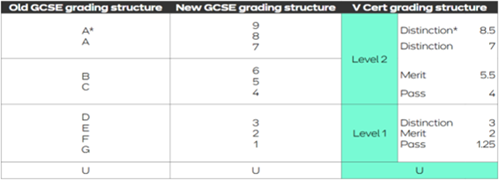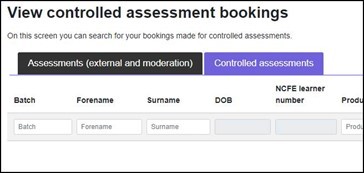Once the assessment material is live, we may be unable to answer questions about the materials directly as this could potentially compromise the integrity of the assessment. Additionally, responding to individual queries after the finalised assessment is live may disadvantage other learners and centres if we cannot provide the same information to all centres at the same time.
The clarification window was specifically designed to allow centres to submit their questions before the assessment goes live. This process enables us to collate all enquiries and share comprehensive answers with all centres at the same time, ensuring fairness and consistency.
If you have questions about the live assessment, please refer to:
Clarification document: Answers to questions raised during the clarification window are available in the clarification FAQ document on the website.
JCQ guidance: For additional information about V Cert delivery or regulatory questions, please refer to the JCQ guidance document.
Thank you for your understanding, these measures are essential to maintain the fairness and validity of the assessment process for all learners and centres.



